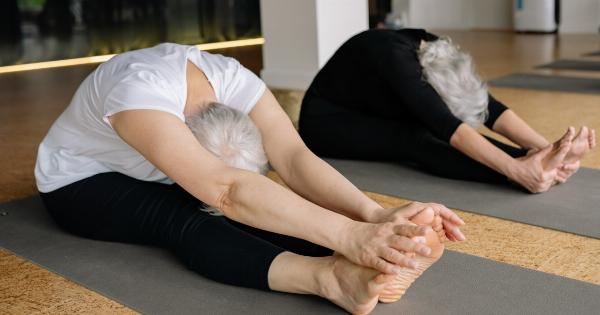When it comes to attending events, whether it’s a conference, seminar, or even a social gathering, individuals may face various challenges that can affect their overall experience.
Some common issues that people encounter include speech impediments, strained voices, and joint problems. These challenges can be particularly daunting for individuals who are required to speak or interact with others during the event.
However, with proper preparation and strategies, it is possible to overcome these difficulties and ensure a successful and fulfilling event participation.
Understanding Speech Impediments
Speech impediments refer to conditions that affect a person’s ability to communicate clearly. These can include stutters, lisps, or articulation disorders.
While individuals with speech impediments may find it challenging to express themselves fluently, it is important to remember that these obstacles can be overcome with patience, practice, and support.
Tips for Dealing with Speech Impediments
1. Seek Professional Help: It can be immensely helpful to consult a speech therapist or pathologist who specializes in treating speech impediments. They can provide targeted exercises and techniques to improve speech clarity and fluency.
2. Join Support Groups: Connecting with individuals who have similar challenges can provide a supportive environment for sharing experiences and learning from one another. Online forums and local support groups can be valuable resources.
3. Practice Breathing Techniques: Focusing on breathing exercises, such as diaphragmatic breathing or taking deep breaths before speaking, can help manage anxiety and improve speech flow.
4. Utilize Speech Therapy Apps: There are numerous speech therapy apps available that can assist individuals in practicing speech exercises and enhancing their articulation skills.
Protecting Your Voice
A strained or hoarse voice can make it difficult to communicate effectively during an event.
Whether you are speaking in a professional capacity or socializing with others, it is important to take steps to protect your voice and ensure its optimal functioning.
Strategies for a Healthy Voice
1. Stay Hydrated: Drinking plenty of water throughout the day can keep your vocal cords lubricated and prevent vocal strain. Avoid excessive consumption of caffeine and alcohol, as they can dehydrate your body.
2. Warm Up Your Voice: Prior to speaking engagements, engage in vocal warm-up exercises to prepare your voice. Simple exercises like humming or lip trills can help loosen your vocal cords.
3. Use Amplification Devices: If you frequently find yourself speaking in large venues or noisy environments, consider using a microphone or voice amplification system to reduce the strain on your voice.
4. Avoid Excessive Voice Use: If possible, limit activities that strain your voice, such as yelling or speaking loudly for extended periods. Take breaks when needed and give your voice a chance to rest.
Addressing Joint Problems
Joint problems, such as arthritis or mobility limitations, can make attending events challenging. These conditions can cause discomfort, pain, or difficulty in movement, affecting your overall experience during the event.
However, with the right strategies and accommodations, individuals facing joint problems can still participate and enjoy the event to the fullest.
Tips for Managing Joint Problems
1. Request Accommodations: Contact the event organizers or venue staff in advance to inquire about accessibility options, such as ramps, elevators, or reserved seating areas. Many venues are equipped to cater to individuals with mobility challenges.
2. Use Assistive Devices: Utilize assistive devices such as canes, walkers, or mobility scooters to navigate the event comfortably. These aids can provide added support and stability.
3. Plan Rest Breaks: Allocate regular breaks in your schedule to rest and relieve any joint discomfort. Planning ahead can help you conserve energy and prevent overexertion.
4. Engage in Gentle Exercises: Consult with a physical therapist or occupational therapist to learn exercises that can help alleviate joint pain and stiffness. Incorporate these exercises into your daily routine to improve mobility and joint function.
By implementing these strategies and seeking appropriate support, individuals with joint problems can actively engage in events without letting their physical limitations hinder their overall experience.




























